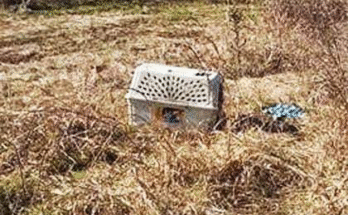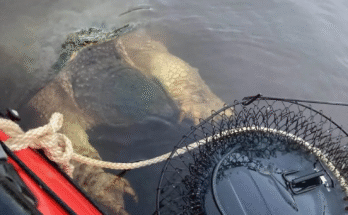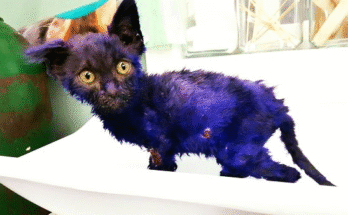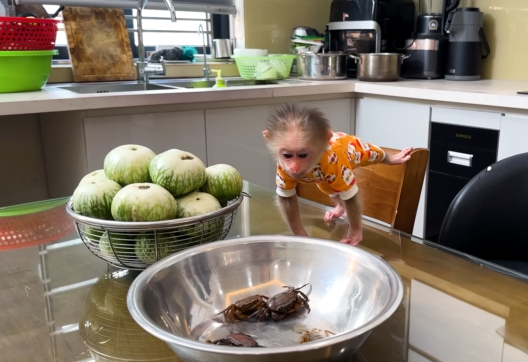
Lala had always been an adventurous little girl. At just seven years old, she was known in her family for her endless questions, boundless energy, and a heart full of wonder. Every weekend, her parents took her to explore something new — a museum, a park, a mountain trail, or the beach. It was on one of these beach trips that Lala encountered something she would never forget.
The morning sun was just beginning to rise as they reached Sandy Bay. The sky was painted in soft orange and pink, and the waves rolled in gently, whispering secrets to the shore. Lala skipped ahead of her parents, her tiny feet sinking into the cool, wet sand.
“Mama, look! Seashells!” she cried, crouching down and collecting a handful of shiny treasures. Her eyes sparkled as she examined each shell, pointing out the swirls and colors like a tiny scientist.

Her parents smiled from under their beach umbrella, setting up a blanket and unpacking breakfast. “Don’t go too far, Lala!” her mother called.
“I won’t!” Lala shouted back, already trotting toward a rocky patch near the edge of the beach where tide pools shimmered in the morning light.
She had never explored tide pools before. They were like miniature oceans trapped between the rocks. She saw tiny fish darting around, wiggling seaweed, and starfish clinging to the stones. Lala was fascinated. She leaned in close, pointing at each creature and whispering her guesses about what they were.
And then — something moved.
It wasn’t a fish or a wave. It was something else. Lala leaned closer, her nose almost touching the water. Out from under a rock crept a strange creature. It had a hard shell, long legs, and eyes that looked like beads on stalks.
It was a crab.
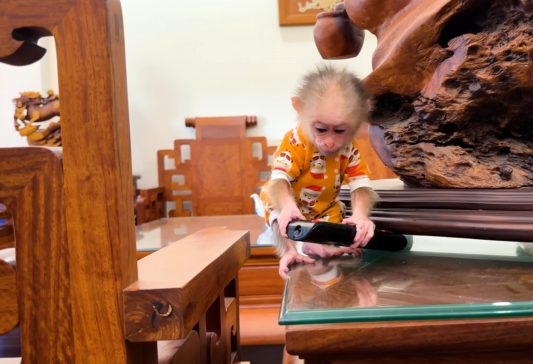
Lala froze. She had seen pictures of crabs in books, but she had never seen one up close — and certainly not one that moved like that! The crab’s sideways scuttle startled her, and when it suddenly lifted its claws, Lala screamed.
“AHH! MAMA! PAPA! HELP!”
She stumbled backward, her little heart pounding like a drum in her chest. Sand flew everywhere as she scrambled away, her breath short and panicked.
Her parents came running. “What happened? Are you hurt?”
“There’s a monster under the rock!” Lala cried, pointing toward the tide pool. Her father crouched beside her and followed her trembling finger. He chuckled.
“Oh, Lala,” he said kindly. “That’s not a monster. That’s a crab!”
“A crab?” Lala asked, her voice still shaking.
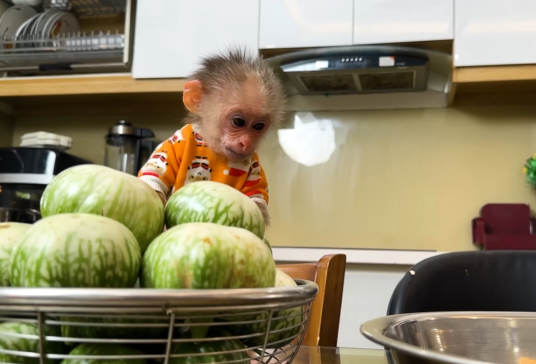
“Yes,” her mother added gently, kneeling beside her. “Crabs live by the sea. They might look scary at first, but they’re not dangerous — not if you don’t bother them.”
“But it waved its claws at me!” Lala protested.
Her father smiled. “That’s just its way of saying ‘stay back.’ It’s more scared of you than you are of it.”
Lala peeked over her father’s shoulder. The crab was still there, but now it was retreating into a crevice, its tiny legs working fast as it disappeared from view. She was still nervous, but her curiosity began to return.
“Will it pinch me?” she asked.
“Only if you try to grab it,” her mother said. “But if you’re careful and quiet, you can watch them. They’re really interesting.”
Lala took a deep breath. Her heartbeat slowed. She crept back to the tide pool, this time holding her father’s hand. The crab was gone — at least for now — but the rocks were full of life. She spotted another one, smaller and reddish, hiding behind a shell.
Lala crouched low and whispered, “Hello, little crab.”
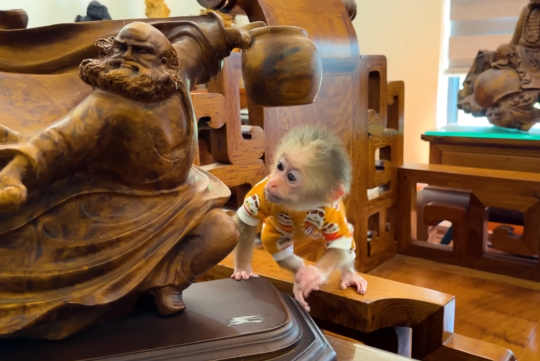
The crab didn’t move.
She smiled. “I won’t hurt you. I promise.”
For the next hour, Lala transformed from a panicked beach-goer to a brave explorer. Her parents showed her how to gently turn over rocks (always putting them back carefully), how to tell the difference between a hermit crab and a shore crab, and how to observe the creatures without frightening them.
She even gave the first crab a name — “Mr. Clicky” — because of the way its claws clicked together.
By lunchtime, Lala was an expert crab spotter. She had counted eleven crabs, two sea stars, and too many tiny snails to remember. Her earlier fear was completely gone, replaced by excitement and fascination.

As they packed up to leave, Lala looked out at the tide pools one last time. She waved toward the rocks. “Bye, Mr. Clicky! See you next time!”
Her mother smiled. “You were very brave today, Lala.”
Her father added, “And very curious — that’s how we learn.”
Lala beamed. “Next time, can we bring a notebook so I can draw the crabs and write about them?”
“Absolutely,” her mother said.
Back in the car, Lala hummed happily, her sandy feet swinging in the seat. She was tired, but her mind buzzed with questions: How many kinds of crabs are there? Where do they go when the tide comes in? Do crabs have friends
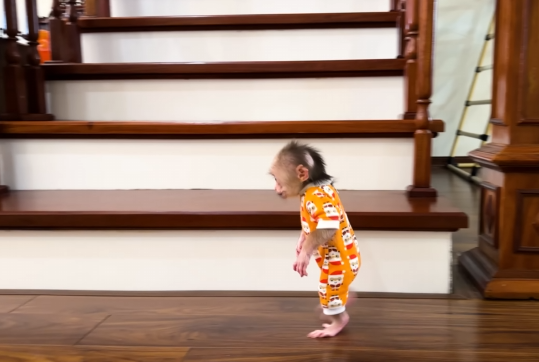
That night, before bed, she drew a picture of Mr. Clicky in her journal. Above the picture, she wrote in careful, wobbly letters: “Lala was curious and panicked when she first saw the crab — but now she’s not scared anymore.”
And from that day on, crabs weren’t monsters anymore. They were friends with shells and claws — and big, brave hearts, just like hers.
